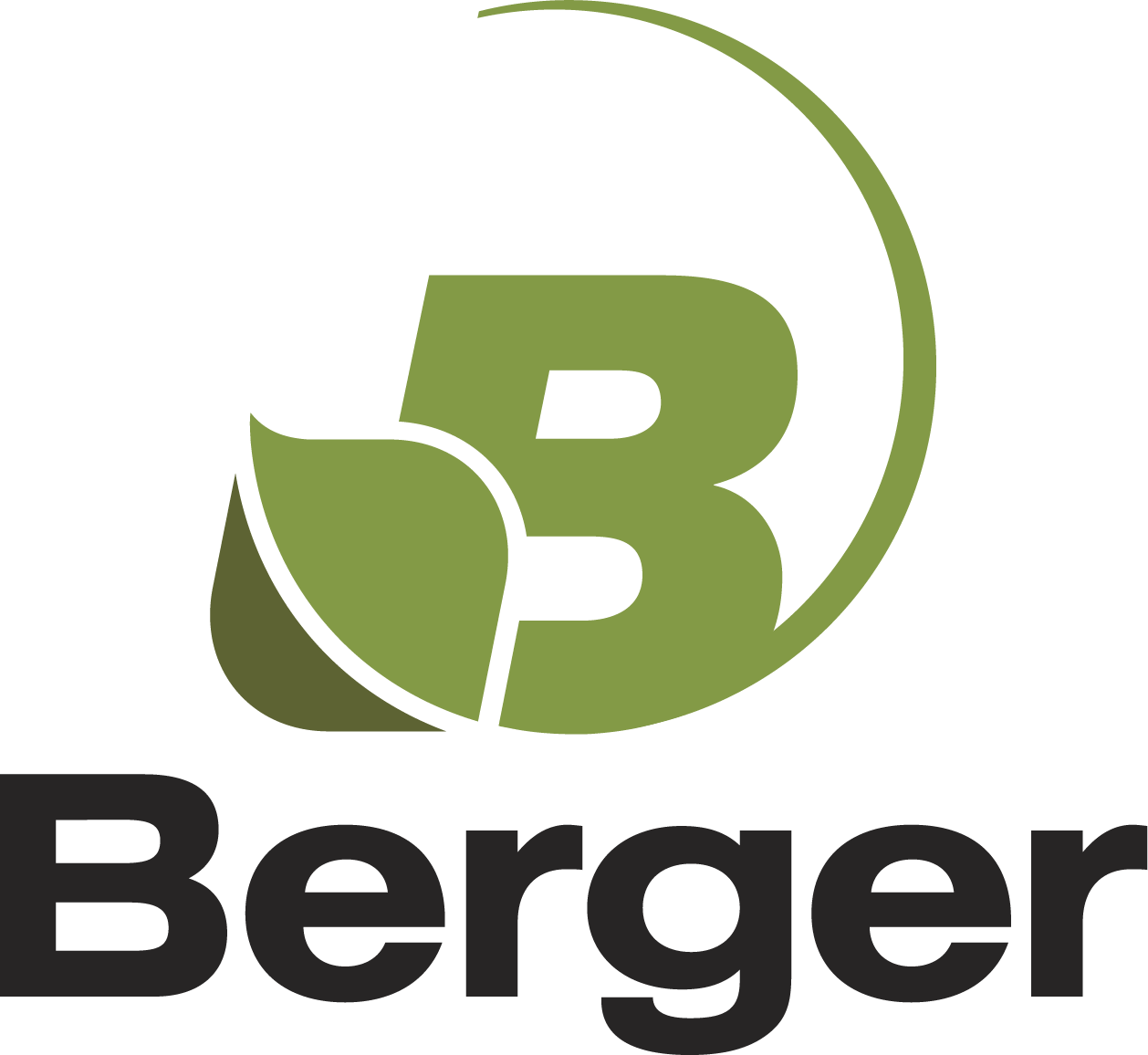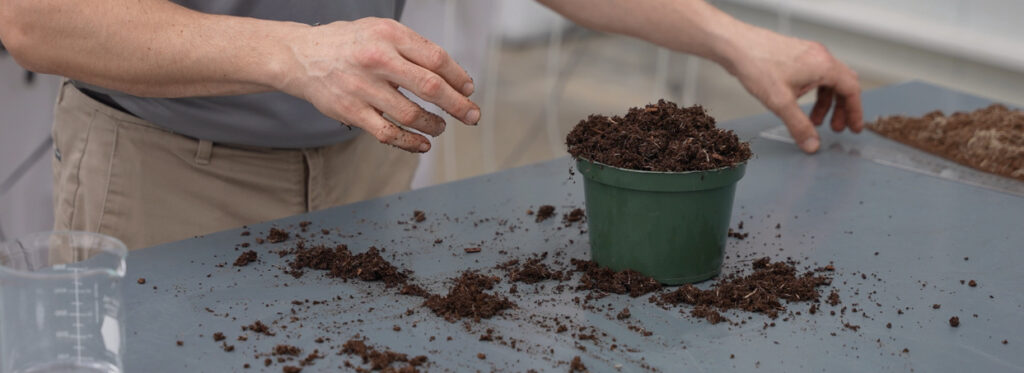Ideal Growing Media Properties and Handling for CEA
The CEA industry is developing at a fast pace, focusing on automation technologies designed to decrease the reliance on labor and reduce potential “touches” to prevent contaminations. This approach is generally applied to as many aspects of CEA operations as can permit, including growing media handling.
Growing media is within the top 3 most important inputs for commercial production in CEA (Controlled Environment Agriculture) and horticulture in general. Its chemical and physical properties are considered the most important characteristics, although biological properties can also play an important role, especially within an organic production system.

Physical Properties
Most physical properties in growing media like water holding capacity, drainage, bulk density, air space and total porosity are defined or determined by the type of ingredients that are used and their particle size. Porosity is probably the most impactful characteristic as it directly impacts on the growing process. Selecting the growing media with right pore distribution for your system is crucial, and in many cases can become a limiting factor for a good balance between water and air within the root zone.
Not only is it important to use a growing media that is well adapted to your needs, its characteristics also need to be uniform and provide predictable results day after day, month after month. Consistent physical properties of growing media will assure uniform pore size and distribution, which in turn allows for consistent water holding capacity and nutrient availability, thus promoting healthy root growth.
If the growing media is compromised, damaged, or changed during handling, the impact on the physical properties can be very significant. These undesirable alterations can even impact the chemical characteristics, mainly due to changes in water holding capacity. Growing media porosity and particle size must be preserved and maintained along the entire process; storage, bale breaker/shaver, potting or tray-filling, brushing, stacking, sowing/transplanting, etc. As soon as the bales are open and the growing medium is exposed to the elements, there are risks of contaminations and of compromising key characteristics of the soil.
Evaluate the Impact
When looking at some of the new innovative production methods and growing systems in CEA, even when looking at new and existing growing media handling equipment, I would recommend you evaluate the impact that these processes can have on the growing media and determine how you adjust their settings to preserve the integrity of the ingredients and the structure of the soil.
Excessive soil compaction is another common issue that can occur if the growing media handling equipment isn’t adjusted properly. Compaction will negatively impact air porosity, thus reducing the oxygen content in the rootzone. This will directly impact nutrient uptake, hindering the root development and the overall performance. It can also lead pH variations and other potential undesirable side effects from anaerobic conditions. This is especially true within certain CEA production systems such as NFT where the growing media must maintain air space to allow for root growth while being continually close to saturation within small cavity cells. Adequate handling of the soil during the decompression, hydration and filling processes is key to maintain the integrity and uniformity of your growing media and ensure each cell will be correctly filled without excessive compaction.
Berger’s team of experts can help you can optimize your root zone conditions and maximize the performance of your system. Our team dedicated sales representatives, grower advisors, and equipment experts along with laboratory services and R&D capabilities can support you with any aspect of you operation.



